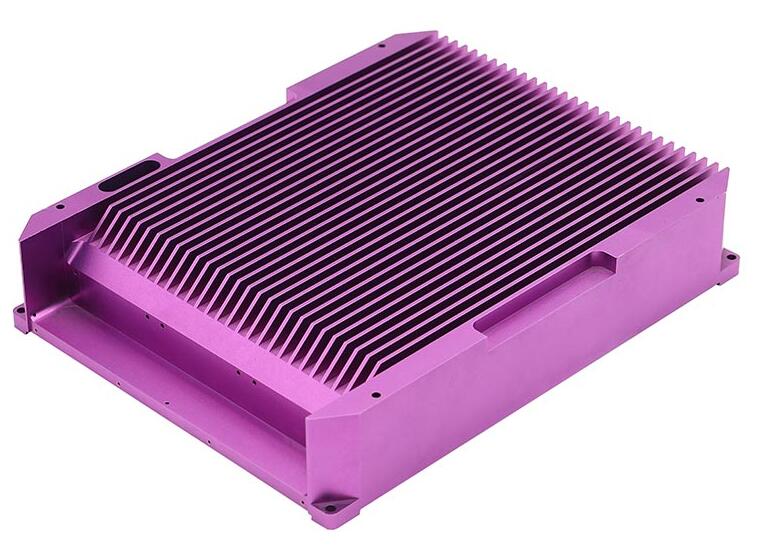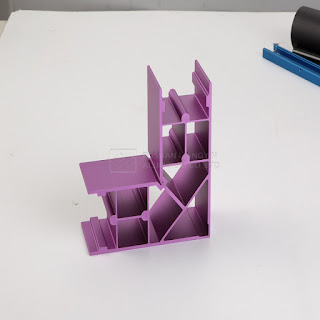Considerations when choosing between bar and plate aluminum
Considerations when choosing between bar and plate aluminum
What should you consider before purchasing a material? Both bar and plate are highly machinable. They also have similar strength-to-weight ratios. But the following different aspects may affect the success of your project.
Edge conditions
Bars are cut at the end only, usually with a band saw. The natural corners of square bar stock will have a small radius during extrusion and a linear grain on the side of the part perpendicular to the cut edge.
The sheet can be cut to shape using a waterjet or band saw cut at all vertical edges. There are at least two parallel faces in the sheet that will not be touched. These are usually the top and bottom sides of the blank. When ordering material, it is important to consider stock tolerances for both natural and cut edges and to add enough material to properly machine the finished part.
Size Ranges
Material dimensions affect the size of custom parts and the availability of the material. Certain sizes work better under certain conditions, and you must determine the right size range for your part based on the final environment.
For example, bars typically have narrower aspect ratios and their width and thickness dimensions are closer together. This is because the bars are formed by an extrusion process that results in a material bar. Aluminum 6061-T6 square is one of the most widely used aluminum alloys today. It is versatile and is often used for aircraft components, truck frames and various structural components where its high initial tensile strength is an advantage. Square bar can typically be purchased regularly in 6-inch widths, and the length can be more customized as it is often cut from larger stock. Bar stock is also available in cylindrical bars, which are ideal for lathe turning operations.
Shapes
Plate in its original form typically has a flatter rectangular shape. Unlike bars, plates have a wider aspect ratio with varying widths, depths and heights. Plates are formed using a casting or continuous casting process to make large blanks of various thicknesses, called billets. Sheet is very suitable for larger workpieces or situations where pre-cut, custom-sized stock can reduce machining setup and milling time. Plates are also associated with sheet metal raw materials. This provides a different set of use cases for it. Plate is also easier to maintain its flatness on large bar parts.
Price
Prices will vary depending on the weight of the bars and plates. In general, the more material you order, the higher the price will be. However, the way the stock is handled will also have an impact on the price. Plate will always cost more per pound than bar because it requires more overhead to handle and cut. For projects up to 6 inches in size that are relatively uniform, bar stock may be a more economical choice - even though the same geometry can be cut from sheet stock.
Custom-cut sheets (including rectangular, ring and flange shapes) can save significant machine time compared to milling all features of a blank. Select plates are also often required when part sizes are not available in standard extruded bars or rods.
Liangyin offers a range of competitively priced bar and plate options. You can view our details page. We also offer cutting tools and store supplies for the busy manufacturer. Learn more about how to get the supplies you need, when you need them, through professional services.


评论
发表评论